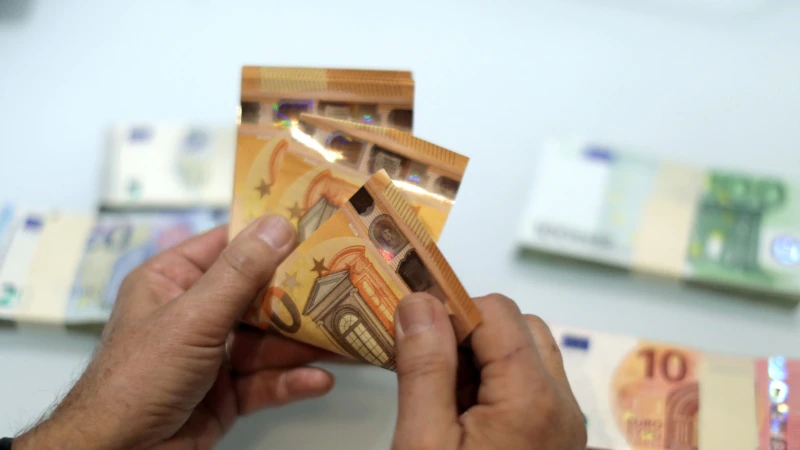Europe’s single currency has fallen below parity against the dollar for the first time in nearly 20 years, hit by growing recession fears in the euro zone.
On Wednesday the euro tumbled to a low of $0.9998 EUR=EBS and is down nearly 12% year-to-date.
The euro started the year strong before the war in Ukraine boosted inflation and hurt the bloc’s growth prospects.
WHAT IS THE PROBLEM?
To begin with, a drop below the $1 level is rare.
Since its birth in 1999, the single currency has spent very little time below parity. In fact, the last time it did so was between 1999 and 2002, when it fell to an all-time low of $0.82 in October 2000. Euro notes and coins were introduced on January 1, 2002, and the currency existed. before that day as a unit of account to settle cross-border transactions.
Within its relatively short two-decade history, the euro is the second most coveted currency in global foreign exchange reserves and the daily turnover in euro/dollar is the highest among currencies in the world market at $6.6 trillion per day.
BUT EVERYTHING IS WEAK AGAINST THE DOLLAR
It is true. Stocks such as the British pound and the yen have also fallen this year, in part as more aggressive interest rate hikes in the US boosted the dollar’s appeal and also as fears of a global recession have led investors to flock to the dollar as a safe haven.
The European Central Bank (ECB) is expected to start raising rates at its meeting on July 21. The Federal Reserve (Fed) raised rates by 75 bp in June.
Growing fears that rising gas prices in Europe will make the eurozone more susceptible to recession risks also explain why the euro is being hit hard now.
Some global banks are forecasting a recession for the euro zone as early as the third quarter.
WILL THE EURO FALL MORE?
Some economists think so. Nomura has a short-term target of $0.95.
Analysts say that until the economic outlook improves, the euro will remain stagnant. Even if the ECB raises rates, the Fed is raising more, attracting cash to the United States. The euro could also be affected by fragmentation risks, where the borrowing costs of weaker states rise more than those of their richer peers.
One factor in the euro’s favor is that shorting the currency is already a popular trade in the forex markets at the moment and bearish positioning is approaching historic levels. That could prevent the euro from falling sharply.
WHAT DOES THIS MEAN FOR THE ECB?
A big headache. Letting the currency fall would push up inflation, which is already at a record high, raising the risk that price growth will take hold at a rate well above the ECB’s target of 2%.
But fighting 20-year lows for the euro would require faster rate hikes, potentially adding to the misery of an economy already facing a possible recession.
Studies frequently cited by the ECB suggest that a 1% depreciation of the exchange rate raises inflation by 0.1% in one year and up to 0.25% in three years.
WILL AN INTERVENTION COME?
So far, the ECB has downplayed the euro’s weakness, arguing it has no exchange rate target, even if the currency does matter as part of broader inflation calculations.
The euro has slumped almost 12% against the dollar so far this year. But on a trade-weighted basis, against the currencies of its trading partners, the euro is down just 3.6%.
To support the euro, the ECB could signal more aggressive tightening, including a 50 basis point rate hike in September and more moves in October and December.
Analysts believe a more aggressive stance is unlikely given the deteriorating growth outlook.
Connect with the Voice of America! Subscribe to our channel Youtube and turn on notifications, or follow us on social media: Facebook, Twitter and Instagram.








![[Img #74675]](https://thelatestnews.world/wp-content/uploads/2024/12/They-discover-a-new-class-of-X-ray-sources-in-the-150x150.jpg)




Add Comment